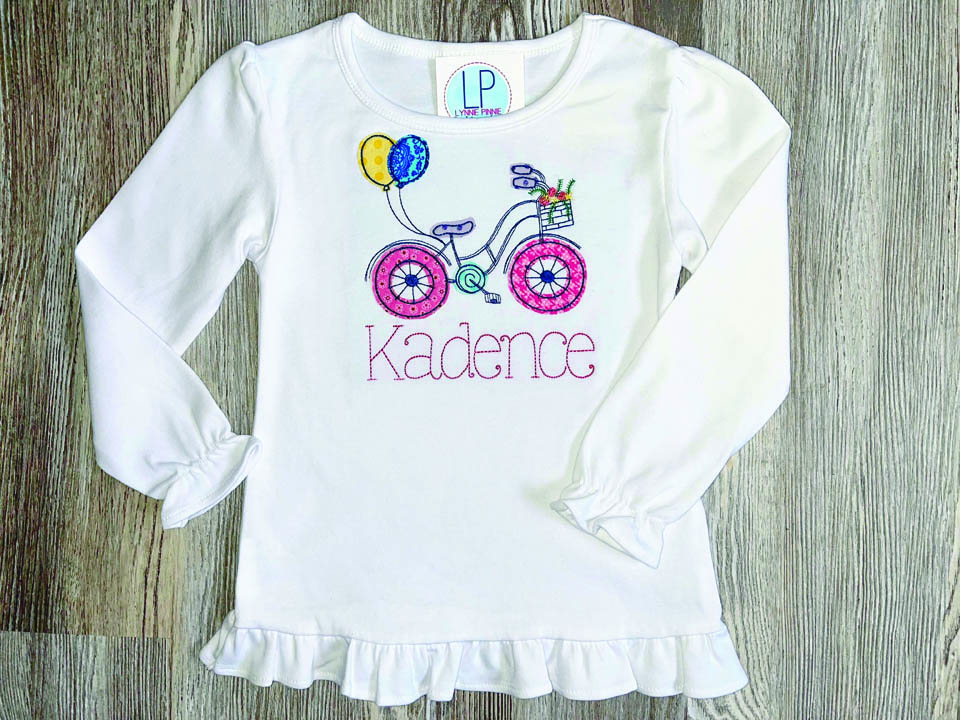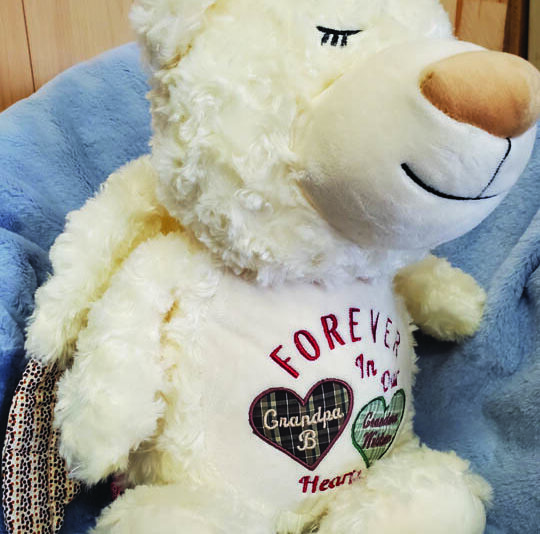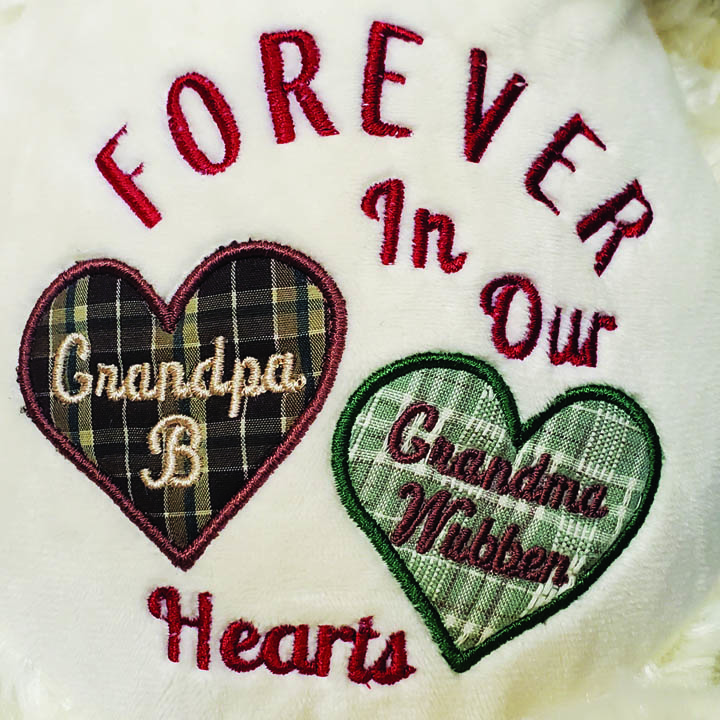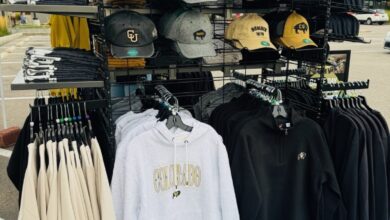What’s cuter than a baby in a onesie with a duckie appliqued on the front? Or maybe it’s the birthday boy or girl with an embroidered shirt proclaiming the joy of their second birthday? Embroidery and applique may be two of the most popular methods of decorating children’s clothing, and often carry less regulatory hassle than some other methods of decoration. Unlike screenprint or sublimation, there’s no worry about possible chemicals or contaminants that might harm children.
While embroidered and appliqued children’s clothing will, in general, not contain any materials which require third-party testing in order to be used, there are still some safety rules and regulations that need to be followed. The Consumer Product Safety Improvement Act (CPSIA) may have some implications if embroidery or applique is combined with rhinestones or buttons or anything a small child could potentially pull off a garment and put in their mouth, but that’s about all that might be an issue when it comes to embroidery.
Thread, stabilizer and fabric are not generally regulated by CPSIA. This is good news for decorators who specialize in embroidery and applique as they do not have to worry about third-party testing or purchasing products that are safety certified.
Another legal issue to be aware of when creating embroidery or appliques on children’s clothing is copyright. While it’s tempting to create a Mickey or Minnie shirt for a child going to Disney, or to embroider the characters from the latest Pixar movie on a tote bag, be sure that the designs you are using are purchased from a licensed distributor. Disney and other large companies with popular characters are known for suing when their copyrights are violated. It’s also wise to keep in mind that there is no standard for how much a design can be changed before it is no longer under copyright.
People will talk of the mythical 30% rule, meaning that a copyrighted design is no longer copyrighted if 30% of the design is changed, but that does not hold up in a court of law. A good rule of thumb is to assume that a design is always copyrighted and to make sure you have the proper permissions and licenses to use the design in question. That’s the best way to protect yourself and your business from being sued.
Embroidery or applique?
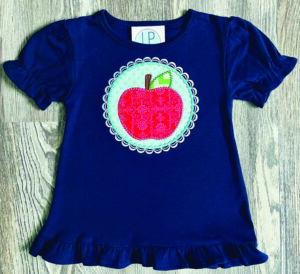
Once you have copyright and safety sorted, the next step is to decide what sort of decoration you’re going to provide. Most decorators are familiar with machine embroidery. As the name implies, this is using a machine and thread to stitch a design into fabric. Items suitable for embroidery are really limited to what can fit onto a machine and be penetrated by a needle, so there are a wide range of options available. Embroidered designs often appear on the hems of dresses, or on shirts. Monograms or personalized names can also be a popular option for children’s clothing. Personalization is also popular for dance or gym bags.
While applique involves embroidery and is done on an embroidery machine, it isn’t so much about thread as it is about fabric. Applique is a form of embroidery where fabric is cut into specific shapes and then stitched onto a garment in a specific design. These sorts of stitch-outs are generally centered on the applique and the embroidery may be limited to the outline stitches that hold the applique to the garment. Applique is popular on children’s clothing because it allows for the creation of eye-catching designs without requiring a lot of stitches.
One part of applique that can be the most fun for decorators is the fact that designs can be changed simply by the choices of fabric used. Tone-on-tone fabrics can add a classic look to a garment. Bright, vibrant fabrics can add a sense of fun to a design. The same applique on two garments can look completely different based on the choices of fabric which is used in the design. If the goal is to create unique, one-of-a-kind pieces of decoration, applique may well be the decoration method of choice.
Another advantage of applique vs. straight machine embroidery is that appliques tend to stitch out faster. Since an applique employs larger pieces of fabric to create the design, it requires less stitching than a standard embroidery design. Appliques also can be made from scrap pieces of fabric, so it doesn’t require an extensive supply of fabric or a large fabric budget. For shops that are smaller, with fewer embroidery machines or less production time, applique may be a way to turn out more product with less outlay of money and time.
One of the challenges of applique that some decorators may not consider is that children’s clothing is smaller and the fabrics are usually soft and fairly light. As Katie Wubben from Trouble Me Knot Embroidery said, “The challenge is managing the light weight fabrics that tend to go hand-in-hand with kids’ apparel. I like to use poly mesh cut-away backing because of its soft feel and flexibility. It supports the embroidery well during the sew out and life of the garment, but doesn’t have a harsh feel.”
Keep in mind you need to marry the weight of the fabric and the stabilizer with the weight of the garment and work with the natural flow of the fabric for the best result.
Children’s fashion trends
When considering what sort of decoration to offer, another thing to take into account is what the fashion trends for children’s clothing currently are. While not every child is a pint-sized fashionista, knowing what’s fashionable may help you capitalize on the trends. Some of these trends seem to be perennial and some may only stay around for a season or so, but it’s worth spending a bit of time doing some research just to be prepared.
One of the major trends that’s been around for a couple of years now is gender neutral clothing. This trend rejects the “blue is for boys; pink is for girls” rationale and tends to rely more on less gender associated colors like green or yellow. It is also centered around the idea that trucks or ballerinas can be on a garment worn by any gender, and don’t have to be divided into designs that are suitable for boys and designs that are suitable for girls. Gender neutrality is about breaking stereotypes and promoting inclusivity. More and more parents are embracing this trend, so it would be wise for shops that create children’s clothing to take it into account.
Another trend in children’s clothing for 2024 is bold colors and patterns. For those that offer appliques, this trend would be a great one to seize upon. Create appliques that use bright colors and use fabrics that have unique and fun patterns. Even if the garment is a more subdued color, create an applique that captures every eye.
As with many things these days, there’s also a trend for sustainable fashion in children’s clothing and this is where applique can be key. Applique can be used to upcycle a garment that maybe has seen better days. A strategic applique can cover a hole or take something bland and boring and update it to a more contemporary look. Applique also allows the use of fabric scraps, which reduces waste and may appeal to some customers for that reason.
Trouble Me Knot Embroidery’s Wubben has another favorite trend she’s been seeing more and more. “My favorite embroidery trend for kids has to be heirloom items. There are so many neat keepsake items that can be made with fabrics from a loved one or baby clothes for a child to keep forever on a special blanket. Whether it’s a memory bear or an applique made from Grandpa’s shirts, using familiar fabrics that are well-known to the child can preserve a much-loved memory. With my son going through the loss of multiple grandparents in a short time, I feel items like these give something to hold onto forever,” Wubben said.
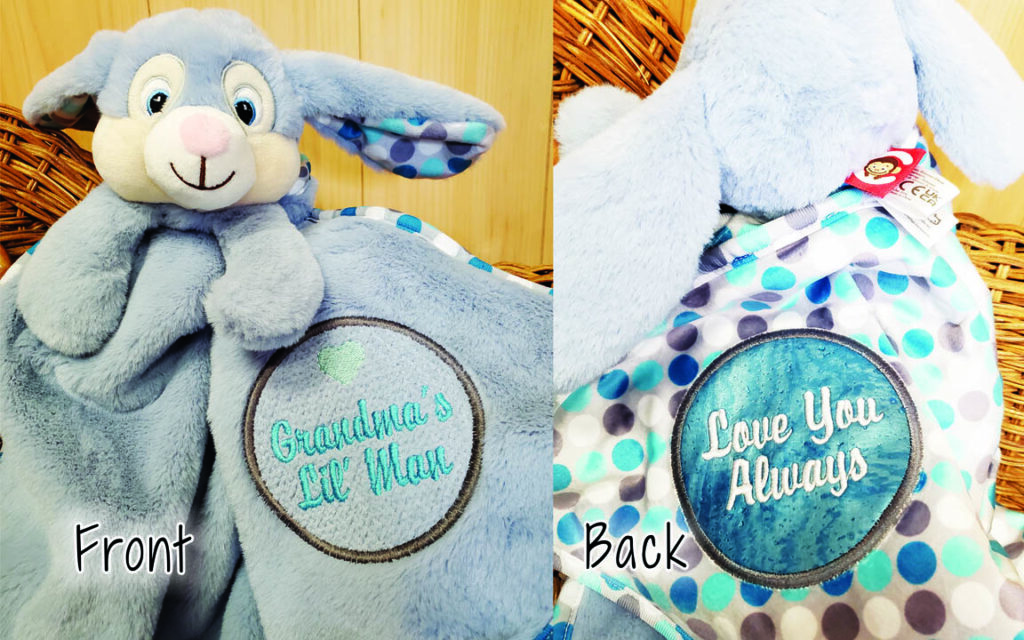
When it comes to decorating children’s clothing with applique or embroidery, it pays to remember a few things. First, make sure that whatever garments or decoration you’re offering has the proper certifications and meets all the safety requirements. When choosing or creating designs, make sure to honor any copyright restrictions. If you are using designs that feature popular cartoon characters, logos from sports teams, or which may potentially infringe on a copyright, make sure you only buy from distributors who are licensed to use and sell those images and products.
Finally, take some advice from embroidery educator Wubben, “Be prepared to work with lots of fabric types. Get some decent temporary spray adhesive as well as tear-away backing and poly-mesh backing to tackle projects of all types. Then be sure to grab your applique scissors and leave yourself a little extra room in the hoop to work with cutting fabrics. Have fun with these super cute projects!”

